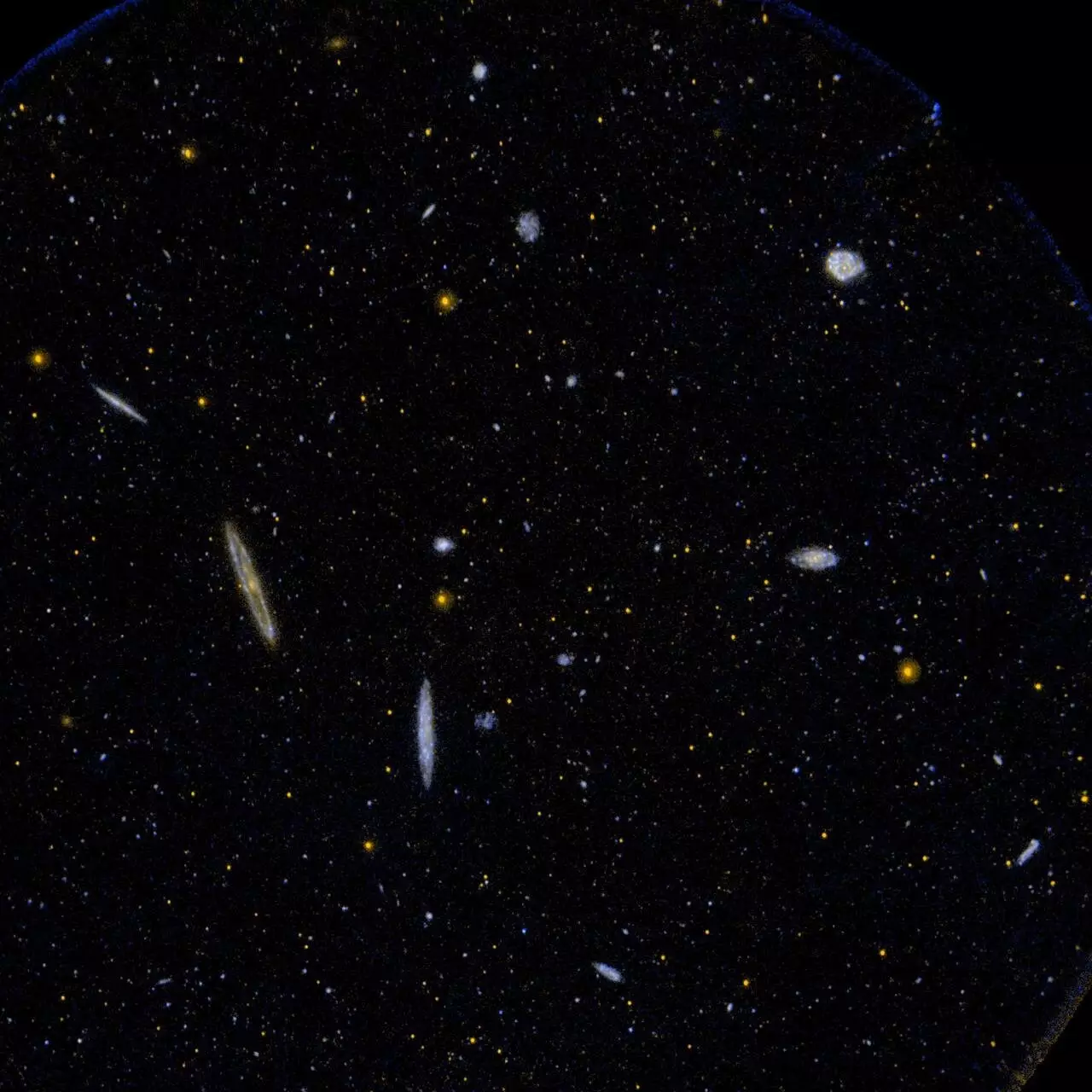The ongoing quest to understand the cosmos has recently encountered a surprising twist that challenges our fundamental perspectives on physics. Recent research from Southern Methodist University (SMU) and three other esteemed institutions highlights a significant discrepancy between existing theories and emerging observational data related to neutrino behavior. With the implications of this study potentially rippling through the academic fabric of physics education worldwide, it’s vital to scrutinize these findings and their impact on our understanding of the universe.
The investigation, utilizing the Dark Energy Spectroscopic Instrument (DESI), has resulted in the most precise data yet regarding the mass of neutrinos. These elusive particles are not only integral to the structure of matter but also play a critical role in the evolution of large-scale cosmic formations. In their analysis, the researchers leveraged advanced computational methods to approach the perplexing data, raising the query: do we need to reconsider our foundational understanding of physics?
Joel Meyers, an associate professor at SMU and a co-author of the study, articulated the significance of the new findings by stating that they “hint at something unlike what we would have expected.” This statement encapsulates the core of the inquiry: as our tools and technologies improve, so, too, must our interpretations and theories. Traditional models, particularly the Standard Model of particle physics, may no longer be sufficient to explain the complexities revealed by DESI’s data.
Neutrinos are among the most abundant subatomic particles within the universe. However, their properties remain largely unfathomable, with their minuscule mass contributing to their elusive nature. Traditional cosmological scenarios have long posited that these particles inhibit the clustering of matter in the universe. Yet, contrary to these expectations, the recent data suggest the opposite: matter in the cosmos appears more densely clumped than models predict.
This phenomenon, described by Meyers as an “enhanced matter clustering,” necessitates a re-evaluation of our understanding of neutrino behavior and its implications for cosmic evolution. Such findings pose critical questions related to the foundational principles of the Standard Model, suggesting that our current understanding may gloss over essential nuances that could redefine our approach to particle physics.
The researchers collaborated across four institutions—SMU, UC Santa Barbara, UC San Diego, and Johns Hopkins University—bringing together a wealth of expertise in theoretical physics. Their collective efforts resonate with the broader academic community’s ongoing challenge to reconcile observational anomalies with established theories. The phenomenon echoed in their findings mirrors what is known in cosmological research as “the Hubble tension,” where disparate measurements of the universe’s expansion rate challenge our current theories.
In their exploration, the authors did not limit themselves to merely questioning existing models; they actively sought to bridge gaps by proposing adjustments to the Standard Model. This represents a crucial direction in scientific discourse, where the act of refining established theories often catalyzes further comprehension of complex systems.
Despite the promising data from DESI, determining the root cause of these revelations will take considerable time and research. The authors propose several pathways: validating the measurements to rule out systematic errors, modifying established concepts, or even introducing entirely new principles within the realm of physics. Each avenue of exploration potentially holds transformative implications for our grasp of the cosmos.
The collaborative nature of this research underscores the importance of interdisciplinary connections and the shared goal of deepening our understanding of fundamental physics. As the study serves as a blueprint for future investigations, it emphasizes the need for continued inquiry and openness to alternative theories.
This unexpected finding concerning neutrinos serves as a poignant reminder of the evolving nature of scientific knowledge. As we map the cosmos and the subatomic world within it, each discovery offers both answers and newly formed enigmas, urging academics and students alike to maintain a spirit of inquiry. Whether we find ourselves at the brink of groundbreaking revelations or adjusting existing paradigms, the pursuit of knowledge demands resilience, creativity, and a willingness to question established norms. Ultimately, understanding our universe may require not just the evolution of theories, but a complete rethinking of what we believe to be true.


Leave a Reply